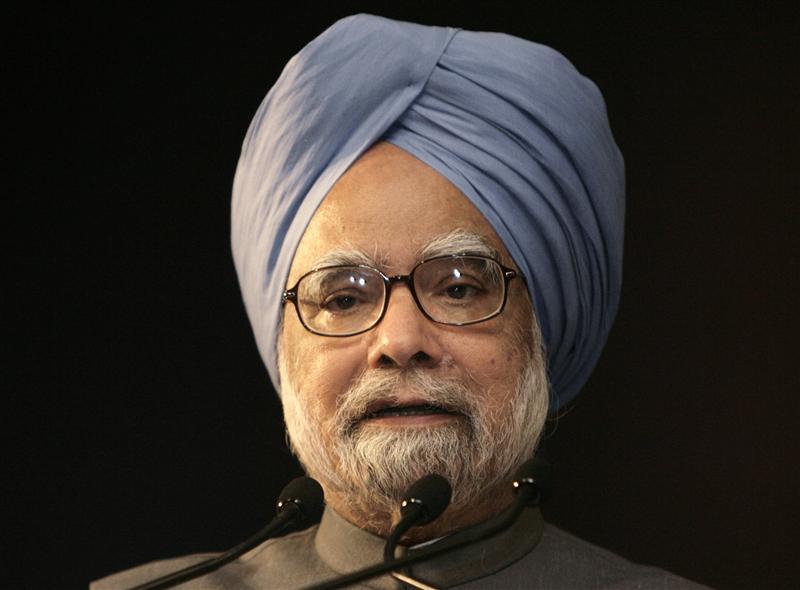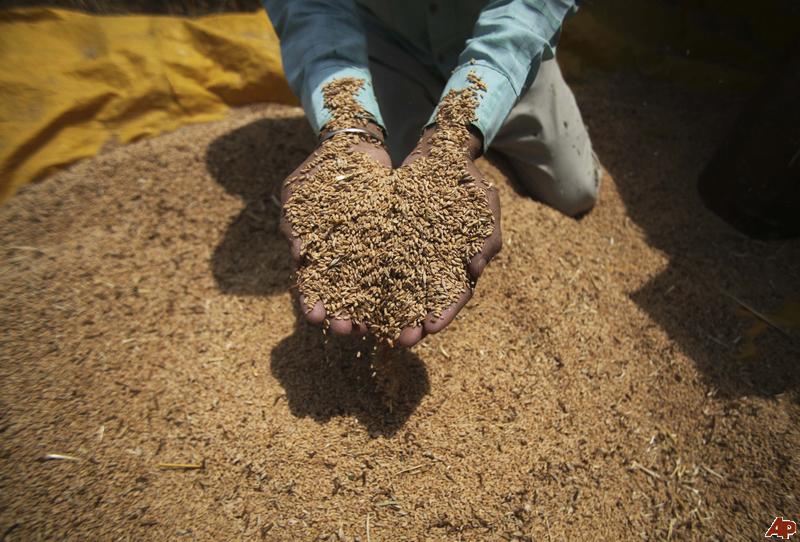It is never really a great idea to compare a political party to a management concept, given that politics is more messier than business ever can be. But that is what I had done, over a year back, when a section of what had come to be known as Team Anna, decided to form a political party.
I had compared the Aam Aadmi Party (as it subsequently came to be known) to a disruptive innovation (You can read the article here).
Disruptive innovation is a term coined by Harvard Business School professor Clayton Christensen. “These are innovations that transform an existing market or create a new one by introducing simplicity, convenience, accessibility and affordability. It is initially formed in a narrow foothold market that appears unattractive or inconsequential to industry incumbents,” is how Christensen defines disruptive innovations as.
The business landscape is littered with examples of hundreds of disruptive innovations. It typically involves a small entrepreneur coming up with a product which big business of the day is not interested in. A good recent example is that of Indian mobile phone brands like Micromax and Karbonn, which took on Nokia, which was the biggest mobile phone brand in India until a few years.
The Indian brands concentrated on selling low priced smart phones, mostly sourced from China, something that Nokia was not interested in. This allowed the Indian brands to gradually capture a major section of the market. By the time, Nokia woke up, these small Indian businesses had already become big boys. Micromax recently signed Hollywood star Hugh Jackman as its brand ambassador. (To its credit Samsung did not fall into the Nokia trap and is now the leading mobile phone brand in India)
Another great example of a disruptive innovation, which I have often used and which fits the situation beautifully in this case, is that of home grown detergent Nirma.
Karsanbhai Patel introduced Nirma detergent in 1969 and priced it at Rs 3.50 per kg. Those were the days when soaps were more popular than detergents when it came to washing clothes. A major reason for this was the fact that detergents were expensive. Hindustan Lever’s Surf (now Hindustan Unilever) sold at Rs 15 per kg. And the lowest price detergent was sold at Rs 13.50 per kg.
Given this huge disparity in price, Nirma sold well and continued to grow. Hindustan Lever kept looking the other way for a very long time simply because it was not interested in servicing the end of the market where the margins were low. By the time Hindustan Lever reacted, Nirma had established itself as a pan India brand.
Hence, there are two ends to a disruptive innovation really. One is the new business which launches something which caters to a specific section of the market. The other is the established big business which is not really interested in that section of the market. This allows the new business to grow itself. By the time big business starts to see the smaller business as a threat, it has already grown big enough. The disruptive innovation thus challenges the status quo product.
Along similar lines, Arvind Kejriwal and the Aam Aadmi Party are the disruptive innovation, and the existing political parties the status quo product. To their credit Arvind Kejriwal and his supporters understood that urban voters wanted a change and tailored their campaign in line with that. They understood that there was an opportunity for a political party which fields honest candidates and does not work along narrow caste or regional lines.
This basic idea seems to have worked. A pre-poll survey carried out by CNN-IBN, The Week and CSDS Pre-Poll has projected that the Aam Aadmi Party will get anywhere between 19-25 seats in the upcoming Delhi assembly elections. It gives the Bhartiya Janata Party anywhere between 22 to 28 seats and the Congress party 19 to 25 seats in a 70 member Delhi assembly.
If AAP were to get even one third or half of the projected seats, it would be unprecedented. No political party established from scratch has ever done so well.
So what has worked for the Aam Aadmi Party? There promise of providing a clean corruption free administration has gone down well with the Delhi voters. Cynics might turn around and tell you, what is the big deal about that? Every political party worth its salt promises a corruption free administration.
While that is true, a promise of a corruption free administration coming from politicians who are already corrupt, does not mean anything for the voter. When the same promise comes from someone like Arvind Kejriwal, an IITian who worked for the Indian Revenue Service, and then quit to run an NGO, it holds some value. It tells the voter that there is still some hope left in the world. Hence, more than the message, who is saying it, turns out to be more important.
The other factor that worked well for Aam Aadmi Party is the fact that the big boys Congress and Bhartiya Janata Party were looking the other way, like often happens in the case of a disruptive innovation.
The big boys never really took the Aam Aadmi Party seriously. The feeling was that where would this new kid on the block raise the money required to fight an election? How would the new party put the organisation required to fight an election in place?
The Aam Aadmi Party turned the conventional wisdom right on its head when it came to raising money. It has been raising money directly from the people. As far as setting up the party organisation is concerned it has done a remarkably good job in a very short period of time.
The party has also innovated when it comes to reaching out to people. It has been organising small mohalla sabhas attended by a few hundred people at a time, all across Delhi. The existing political parties, used to big rallies, have not seen this as a threat. This has helped the party consolidate its position all across Delhi.
The Aam Aadmi Party has also been innovative when it comes to advertising, using auto-rickshaws as well as humans standing with banners at key junctions in Delhi.
Also, the existing political parties were confident that it would be next to impossible to reach the voter in such a short period of time. In this case the Aam Aadmi Party has been helped by the media, for which Kejriwal and his party have been a new and an exciting story, full of hope. And hope always sells well among readers. What has also worked is the fact that Kejriwal has been extremely media savvy, always willing to give an interview.
All this has clearly rattled the Bhartiya Janata Party and the Congress. In a recent interview to the Tehelka magazine, chief minister Sheila Dikshit
of the Congress Party said “My reaction to the Aam Aadmi Party (AAP) is nothing..absolutely nothing.” Only a person who is rattled could have said that. The Bhartiya Janata Party has been forced to project Dr Harshvardhan, as its chief ministerial candidate, instead of going in with its Delhi unit chief Vijay Goel . It’s obvious that the party wanted to project someone with a clean image to take on Kejriwal. But it left that decision to very late in the day.
What has worked well for the Aam Aadmi Party is the fact that Delhi votes majorly along class lines and not caste lines. Its real test will come when it starts contesting elections in other states, where caste and other political factors will have a major role to play.
The article originally appeared on www.firstpost.com on October 31, 2013
(Vivek Kaul is a writer. He tweets @kaul_vivek)




